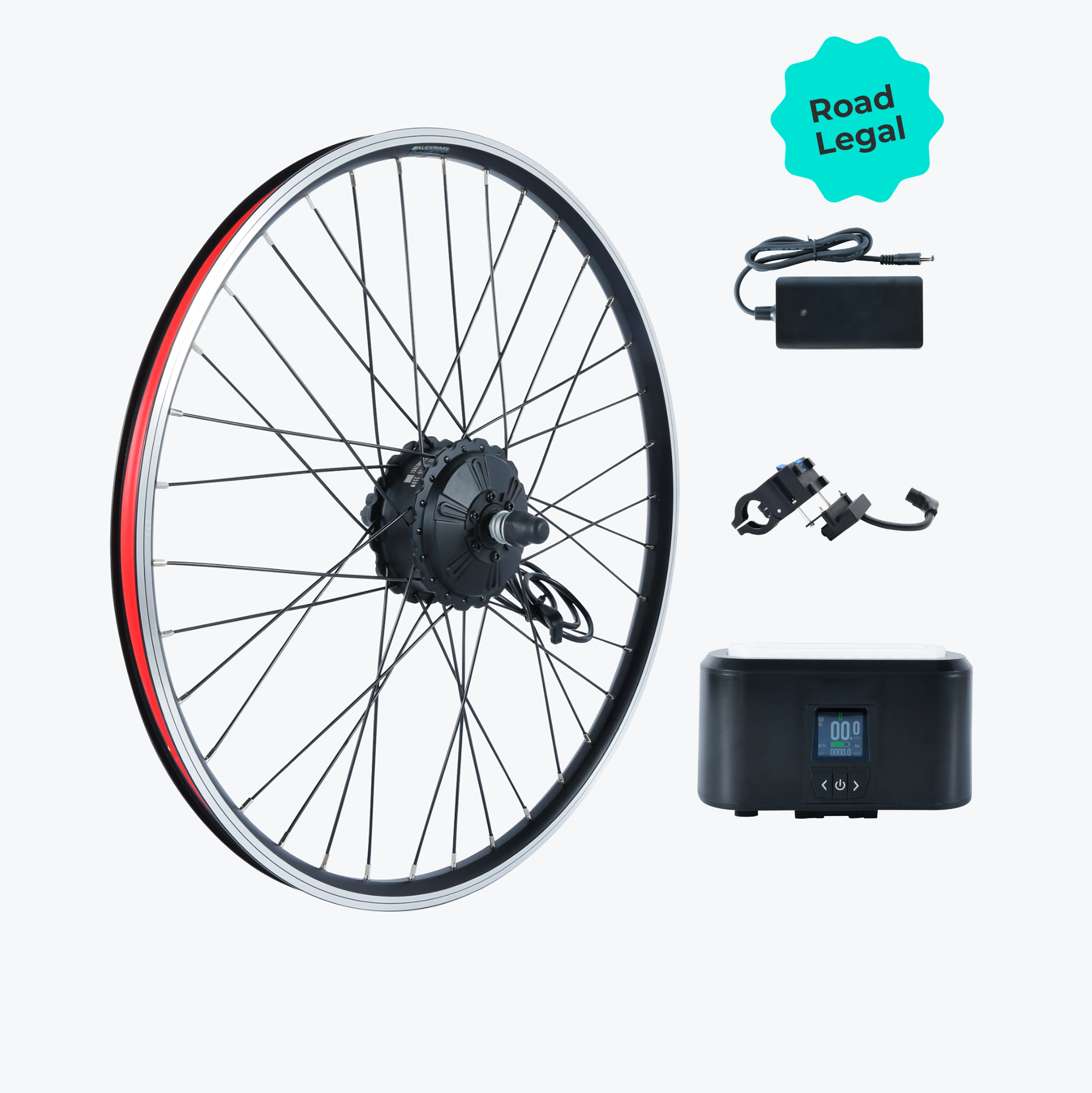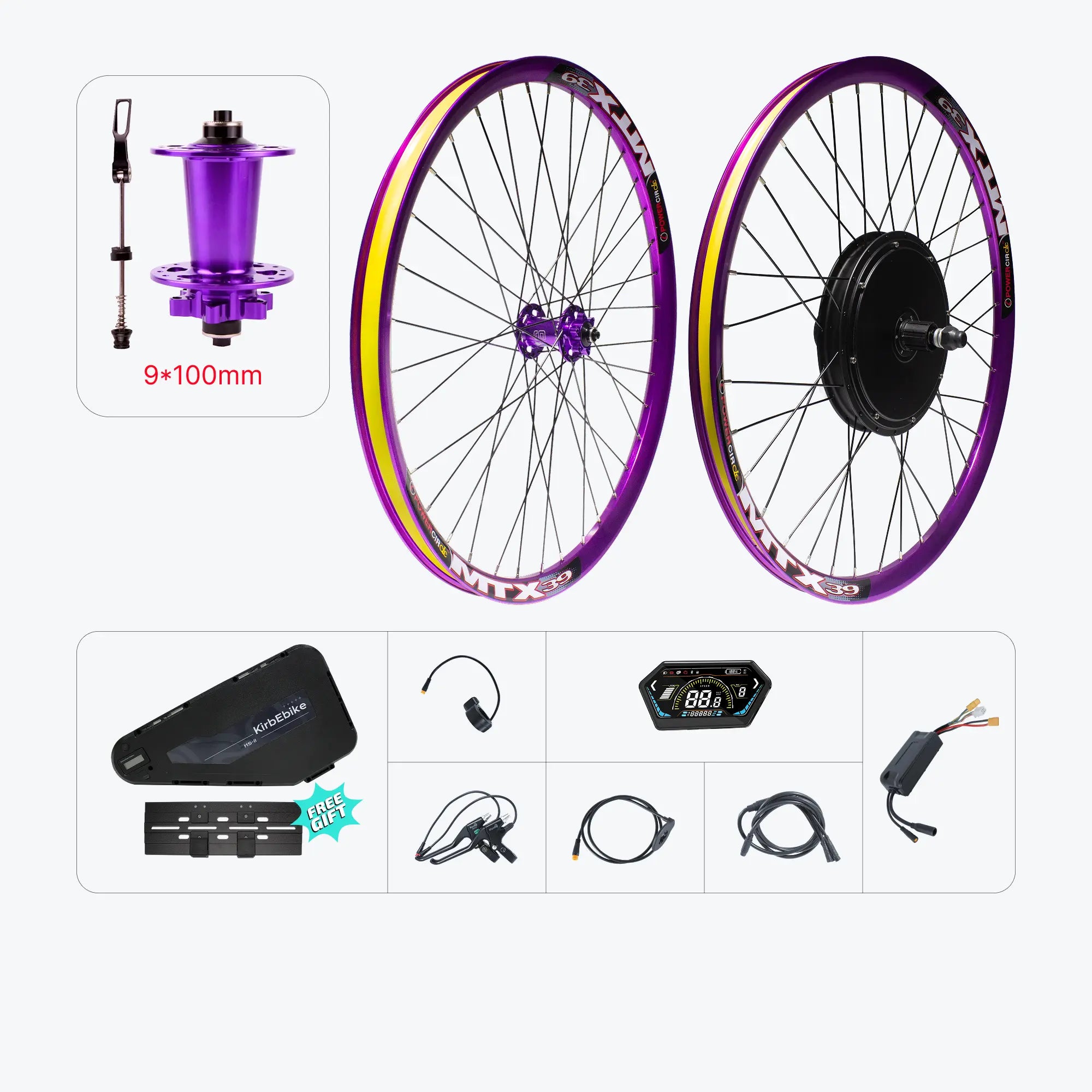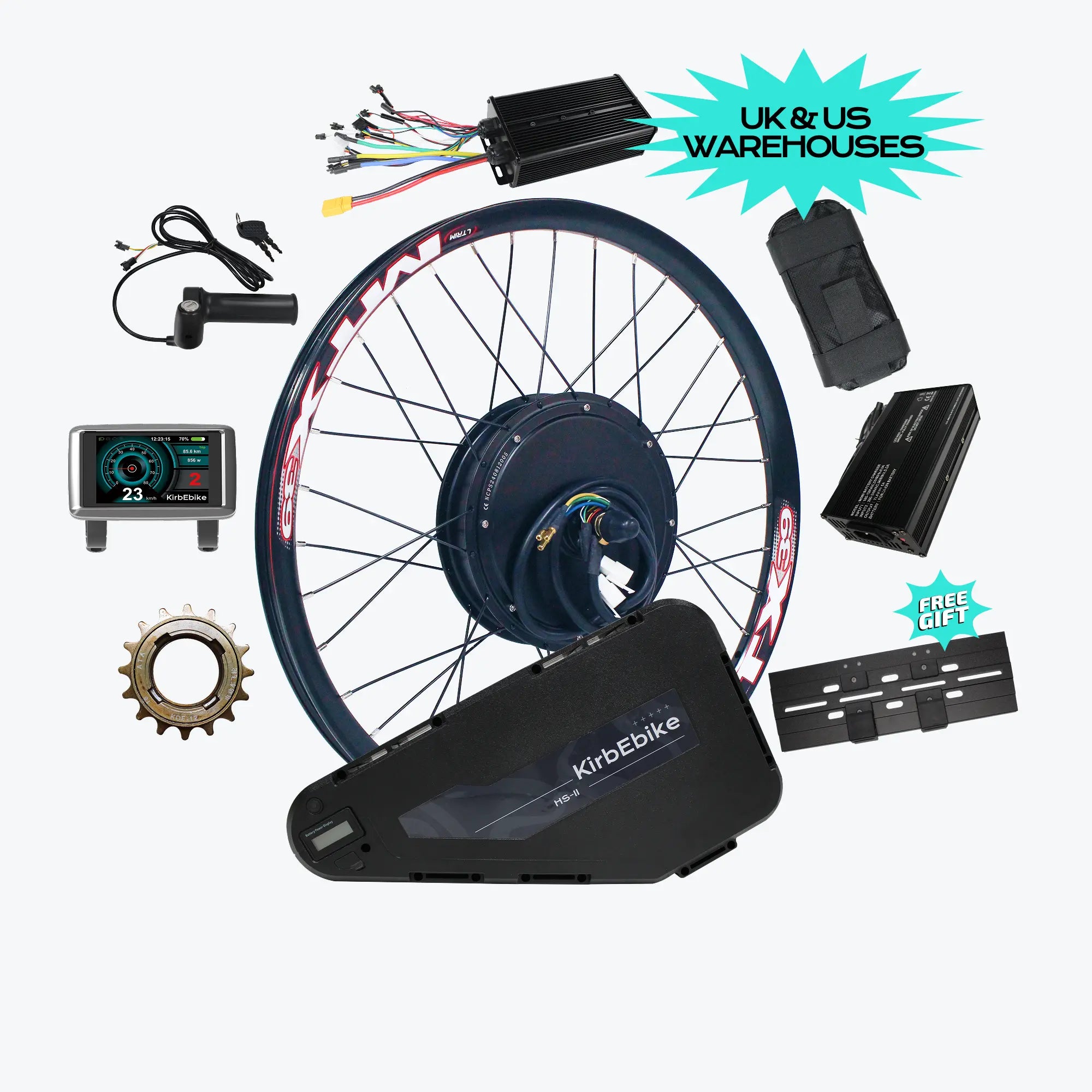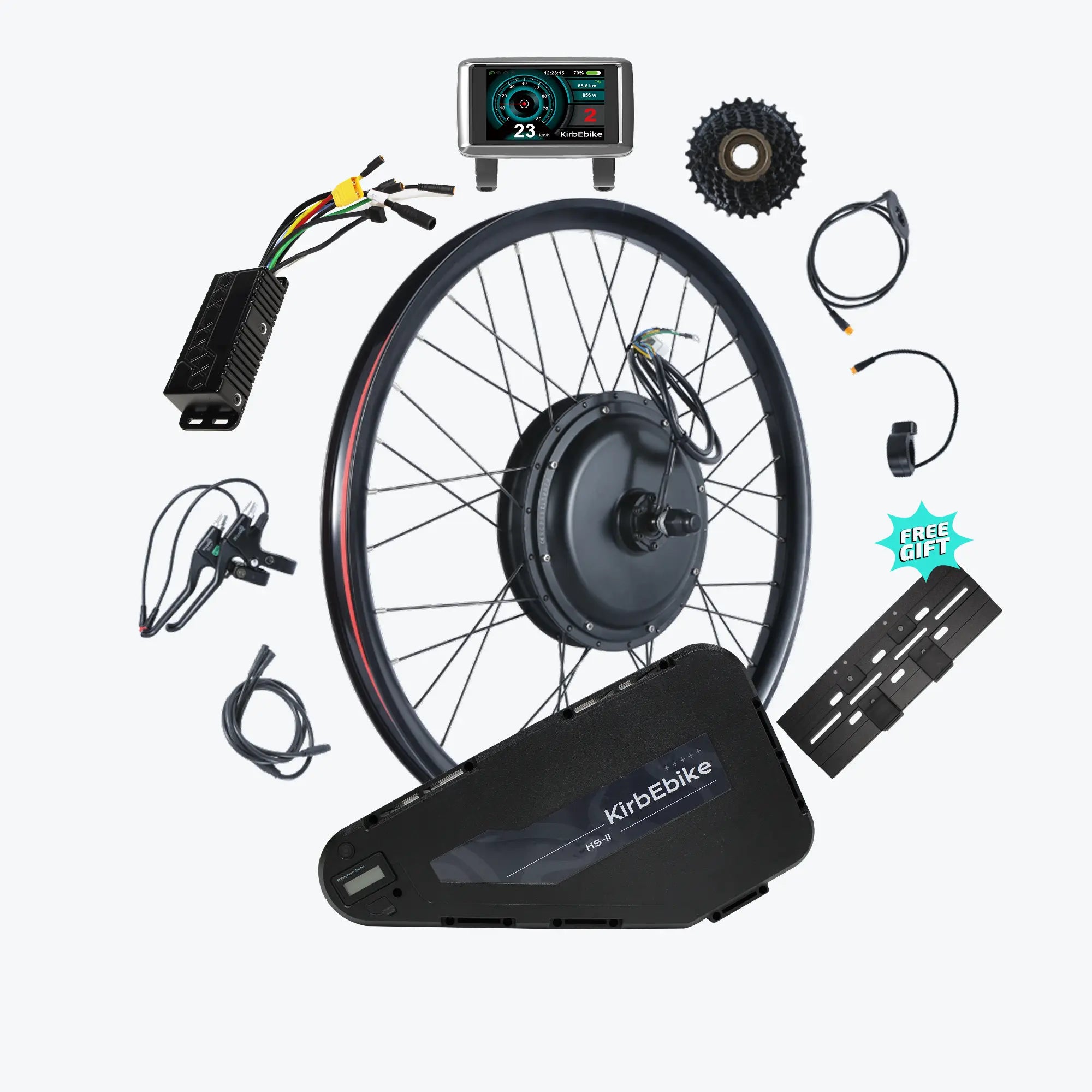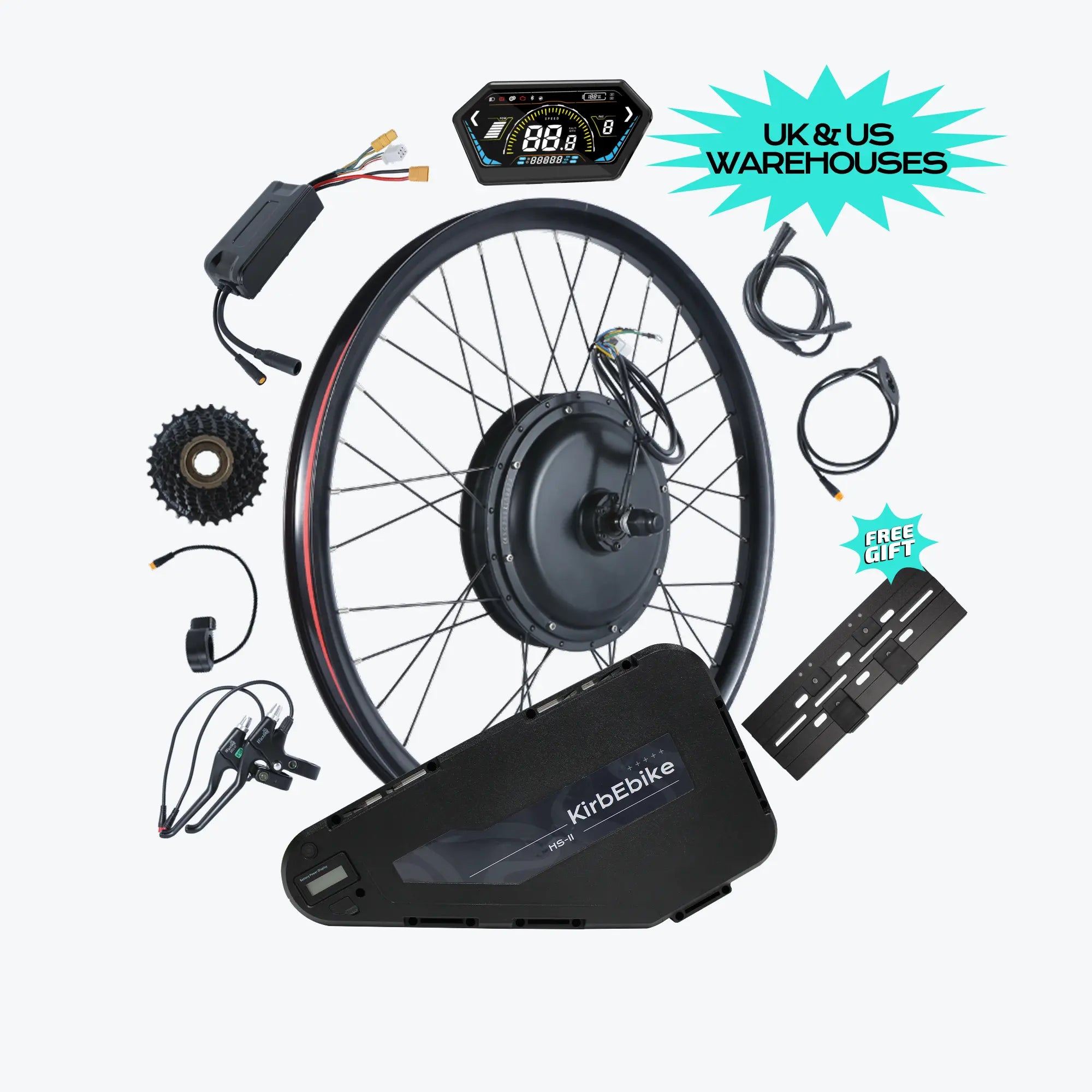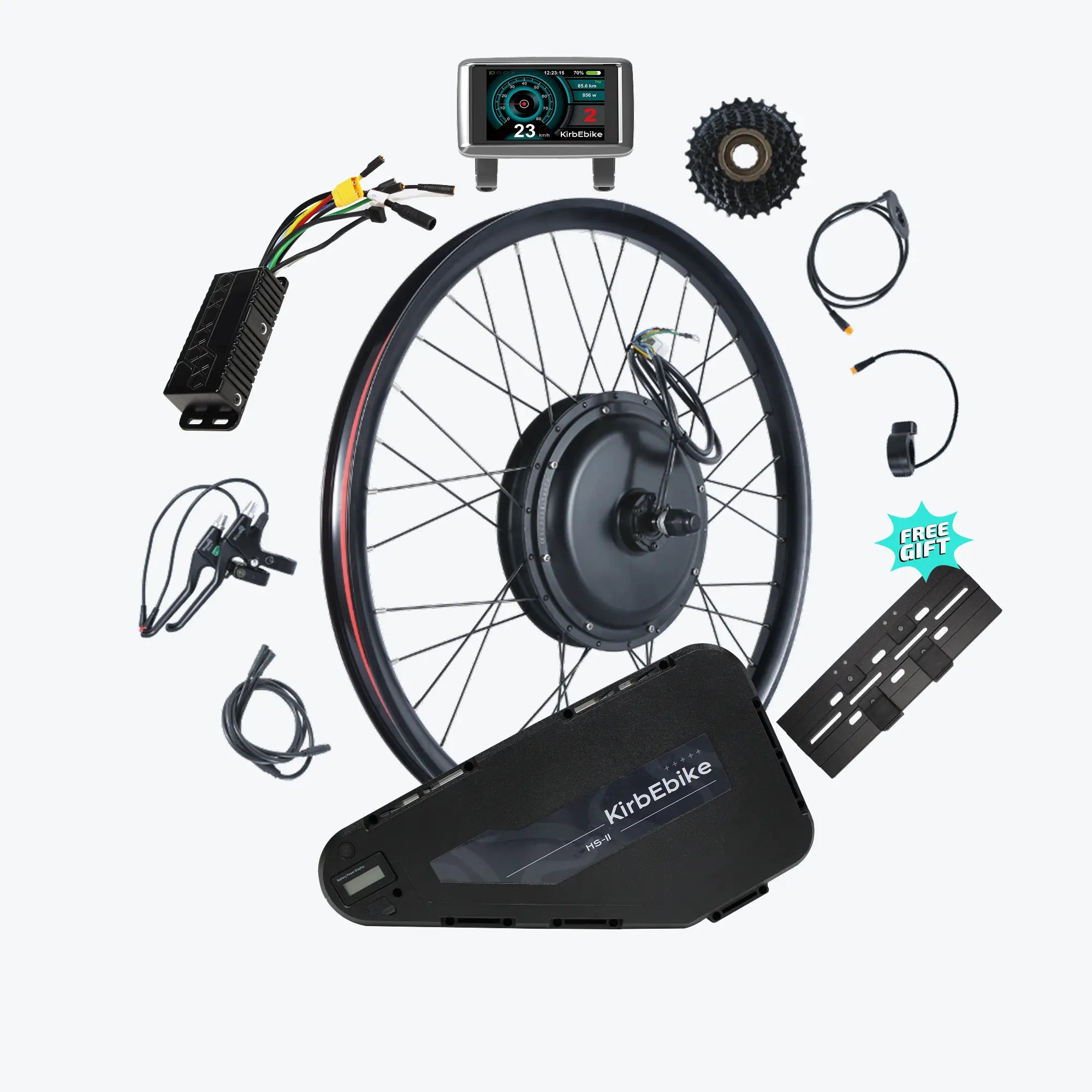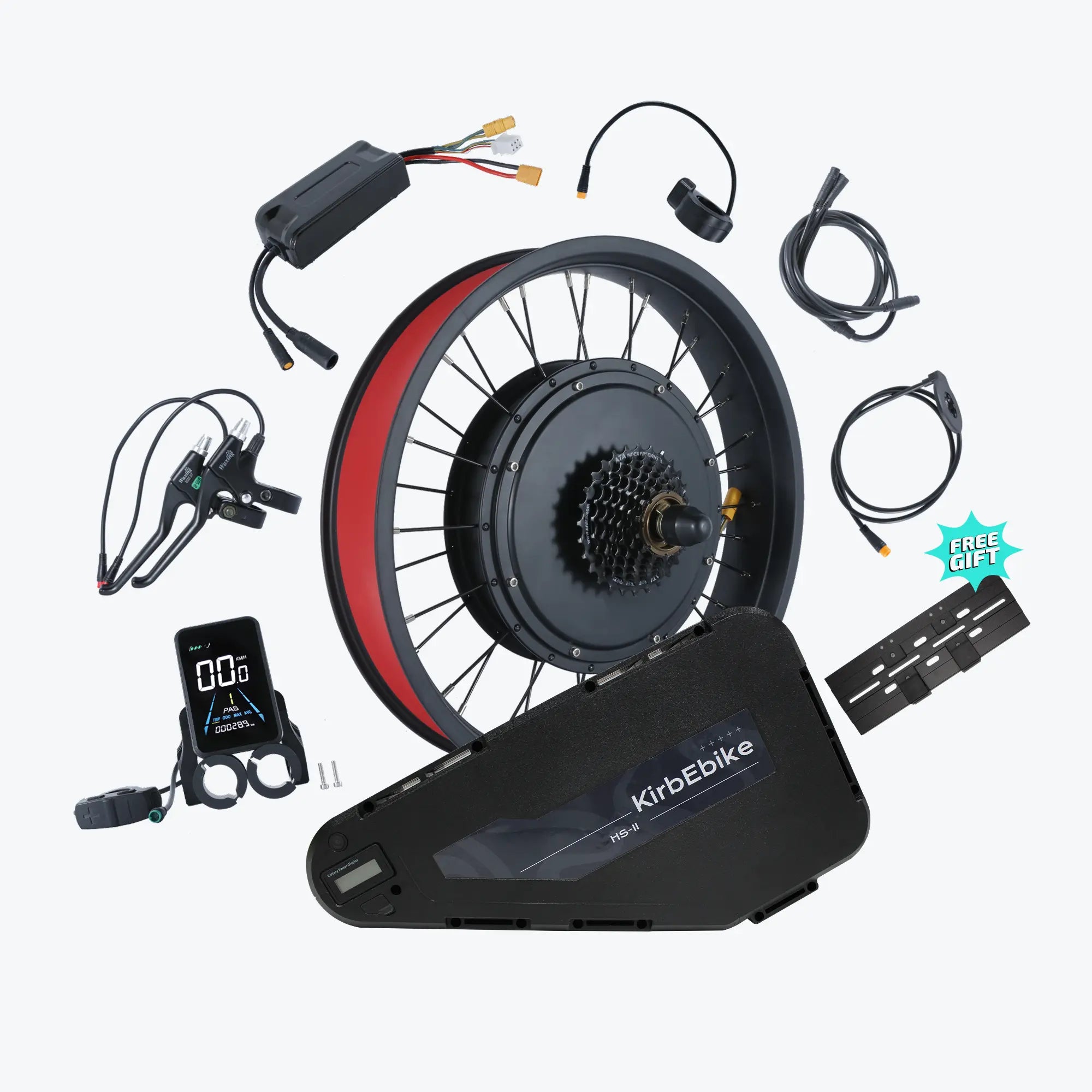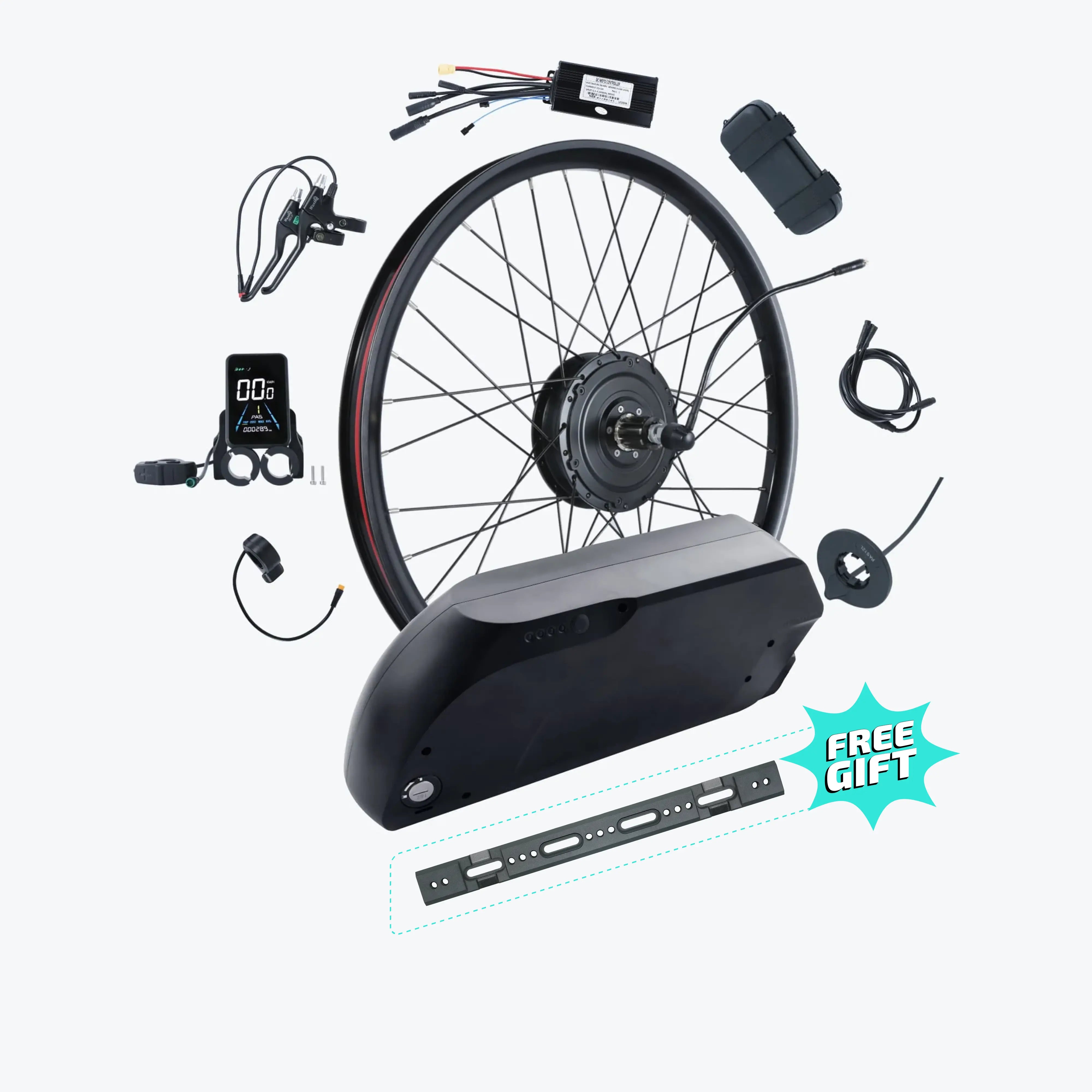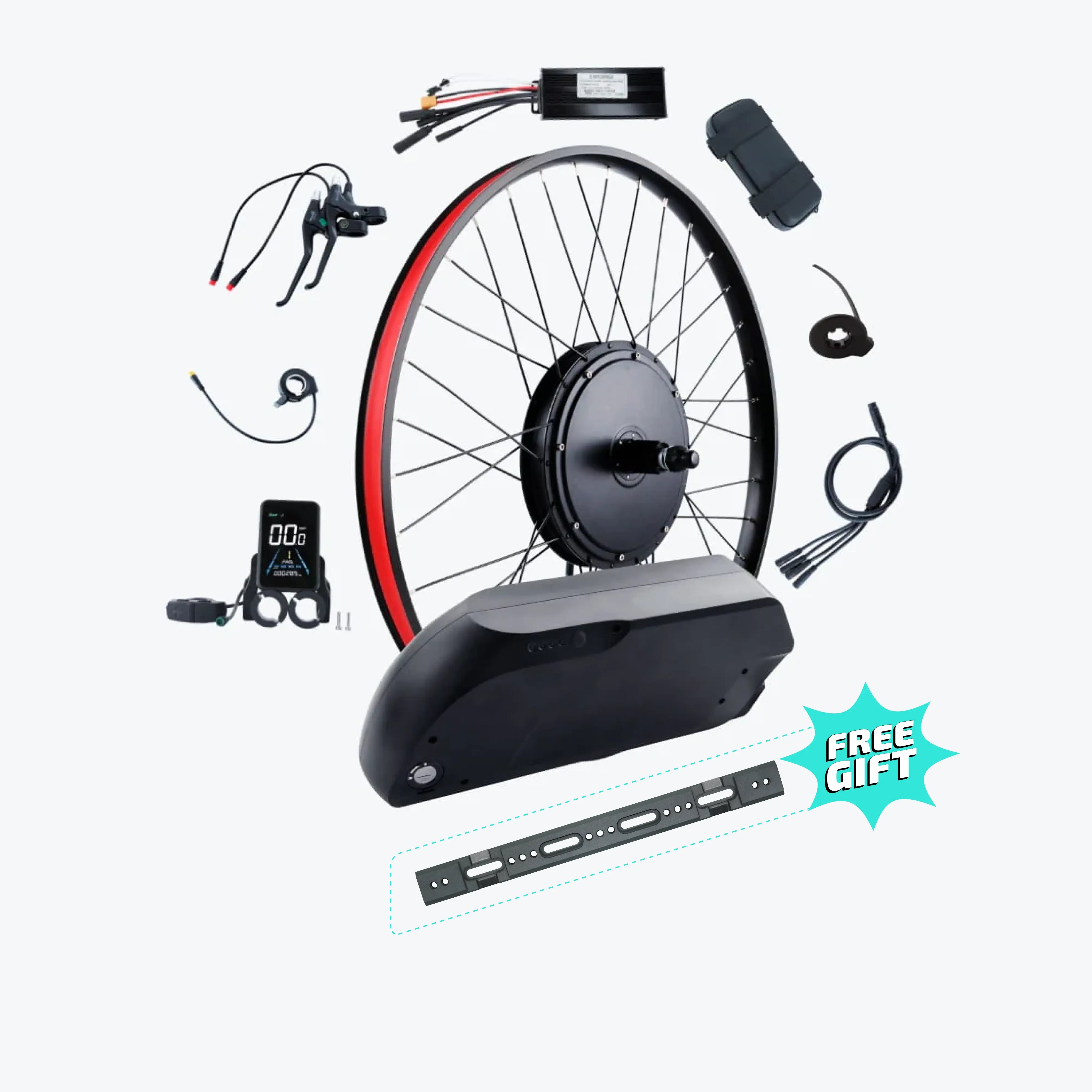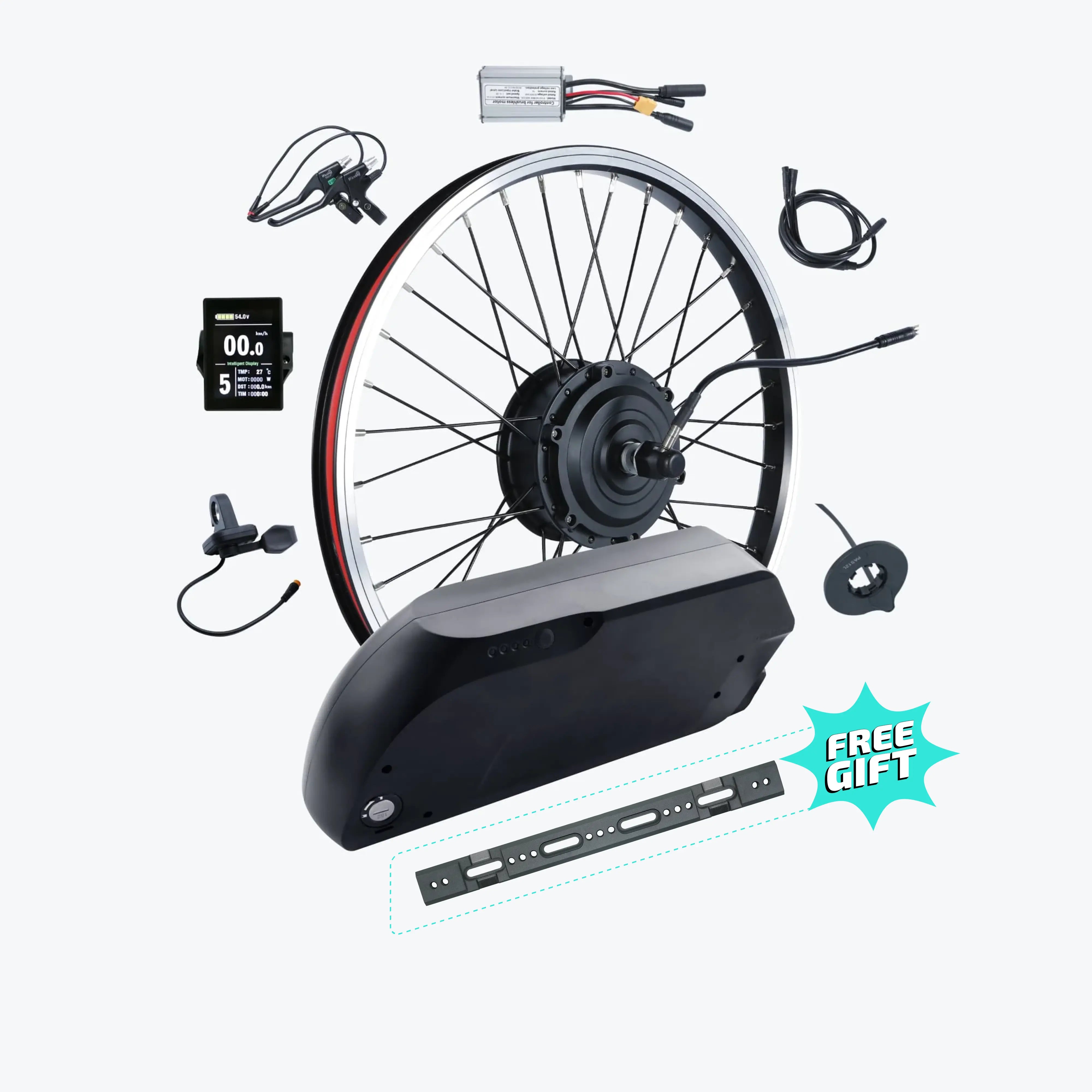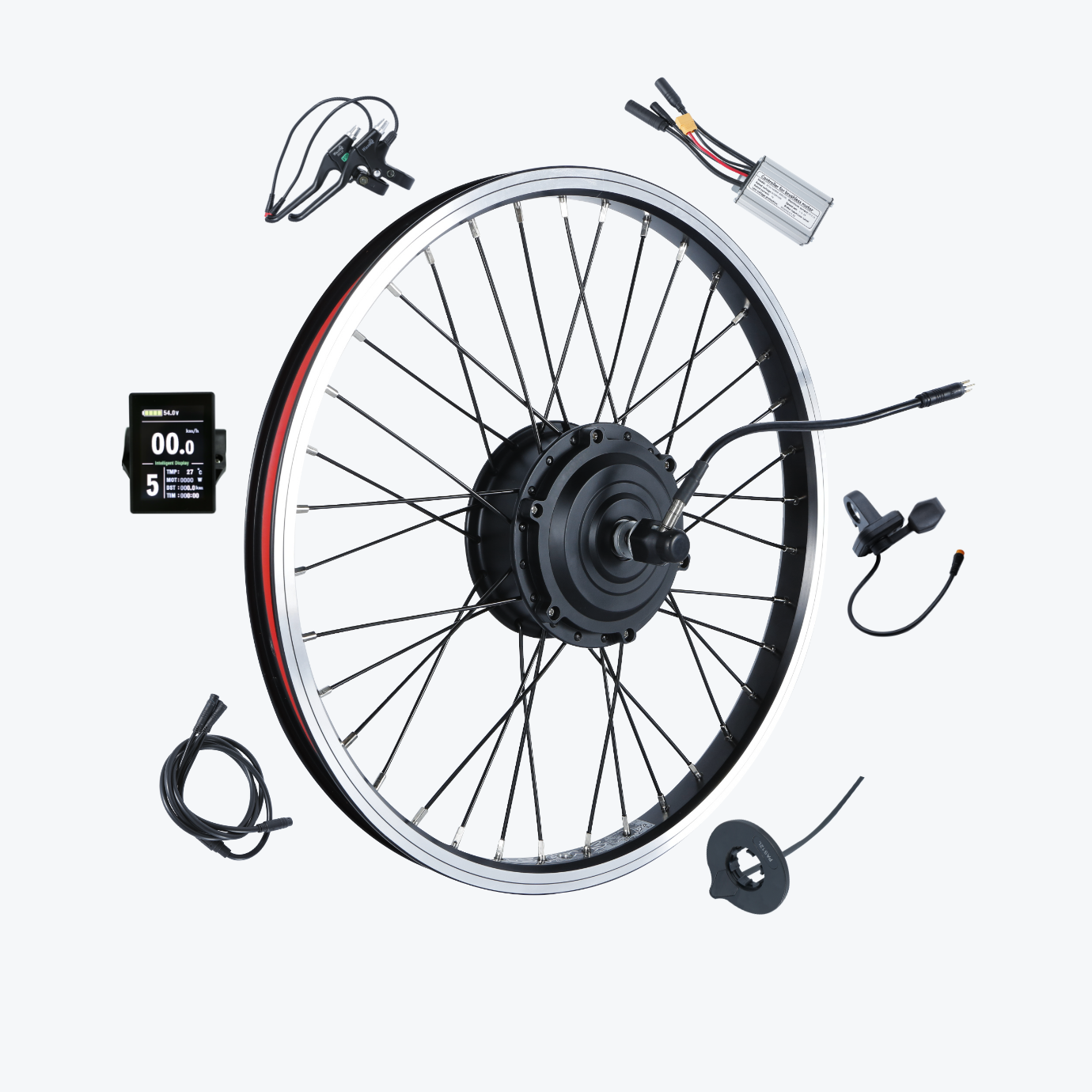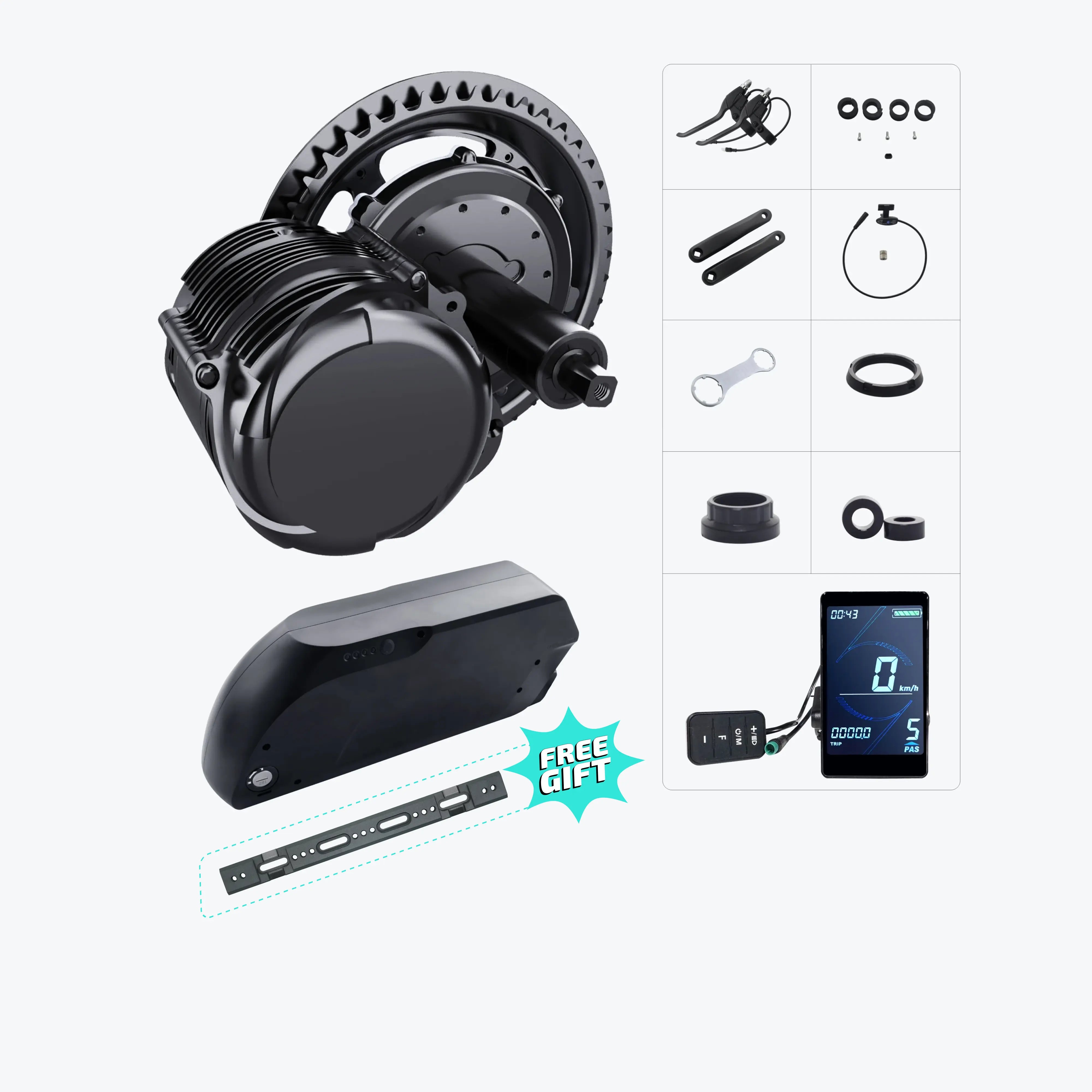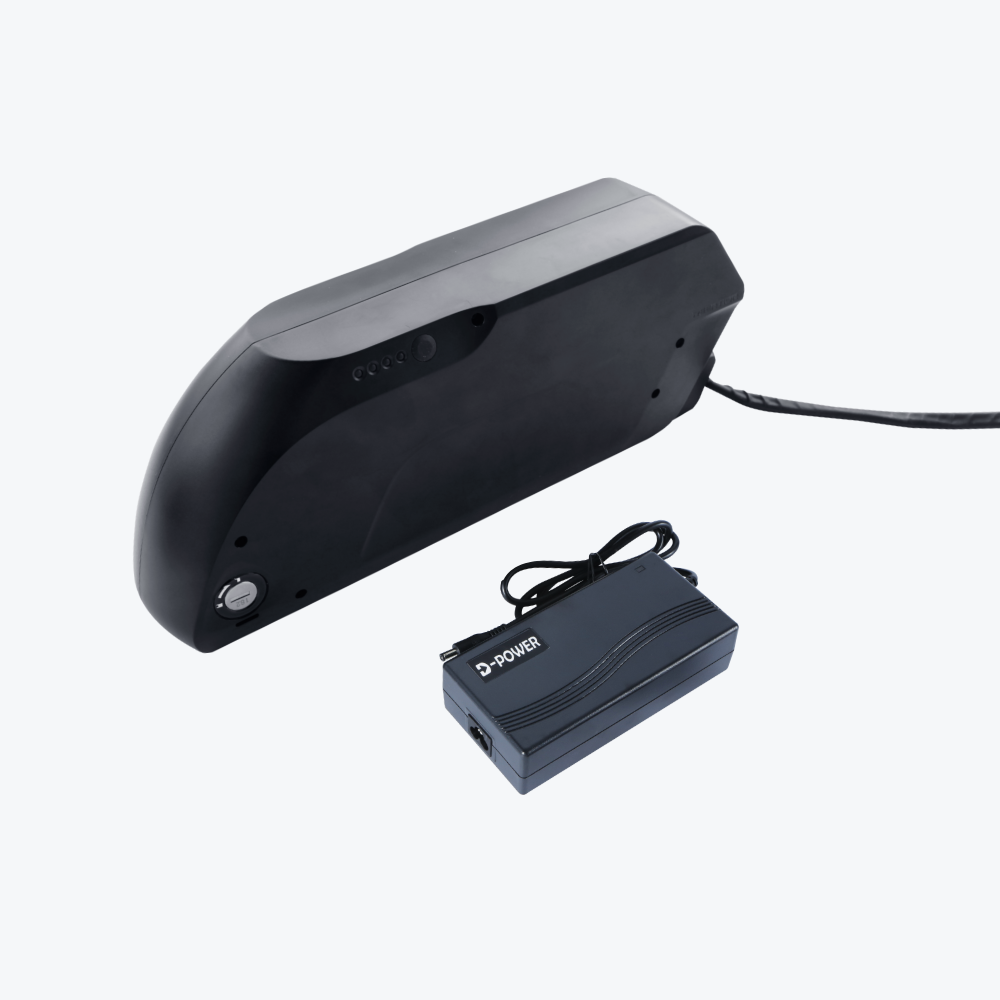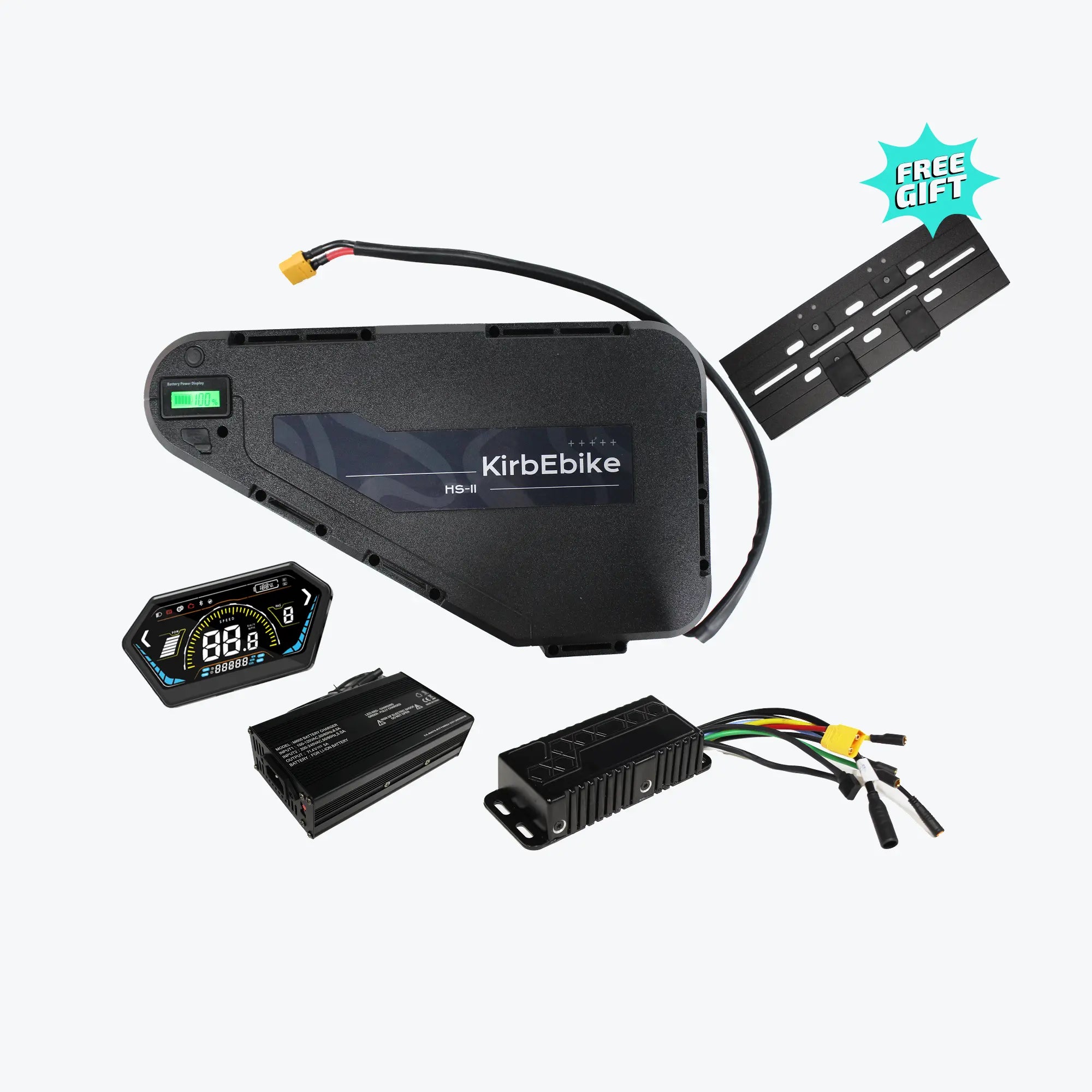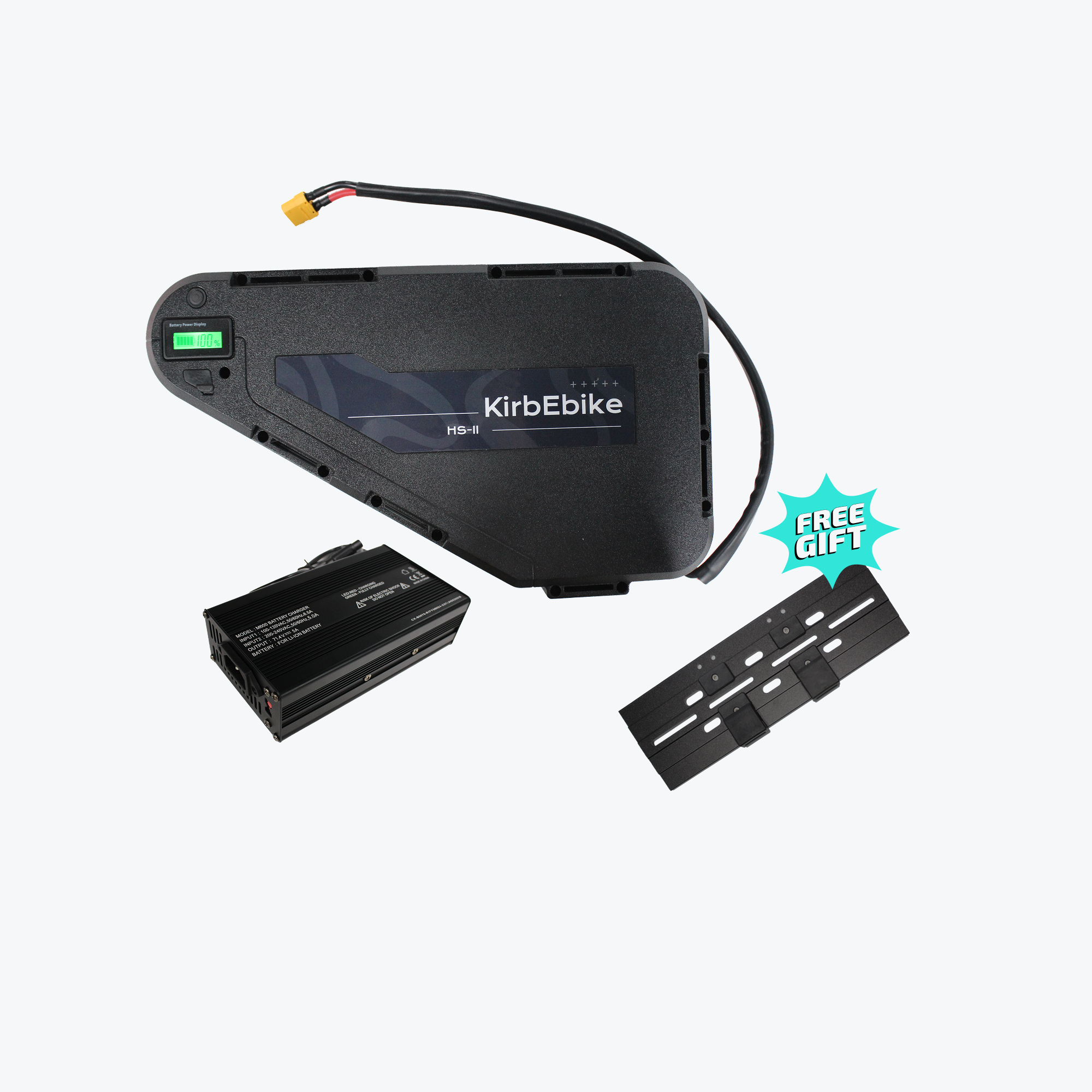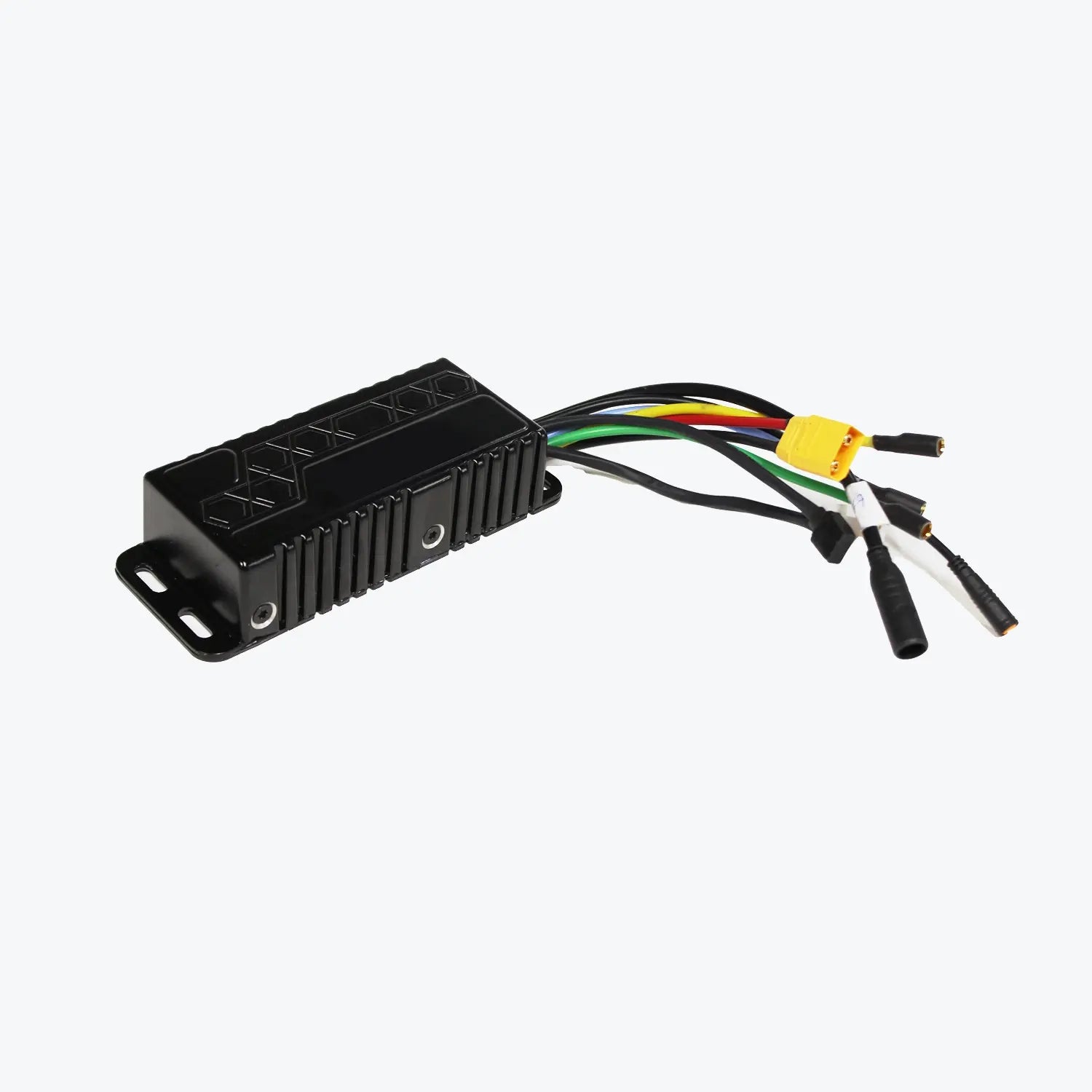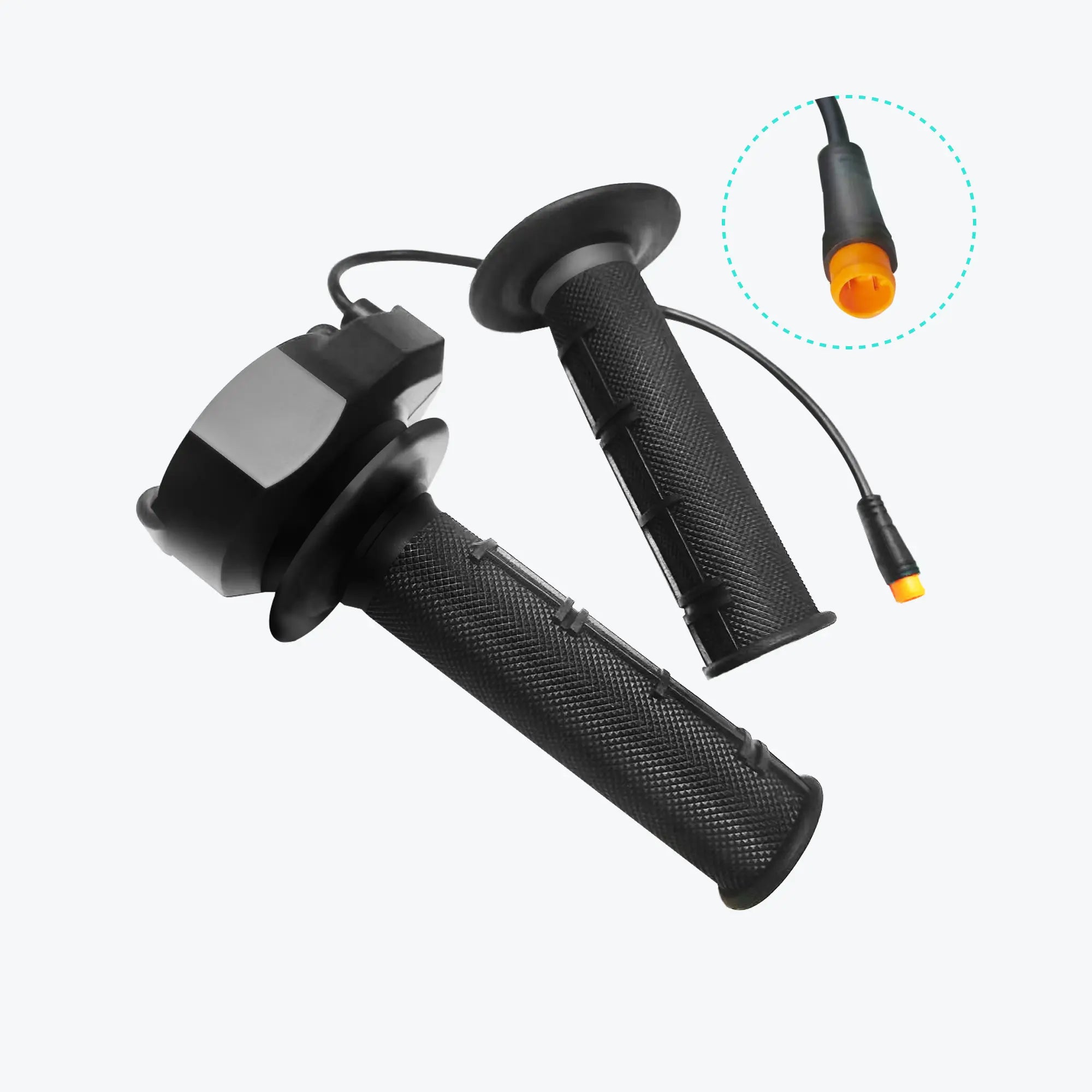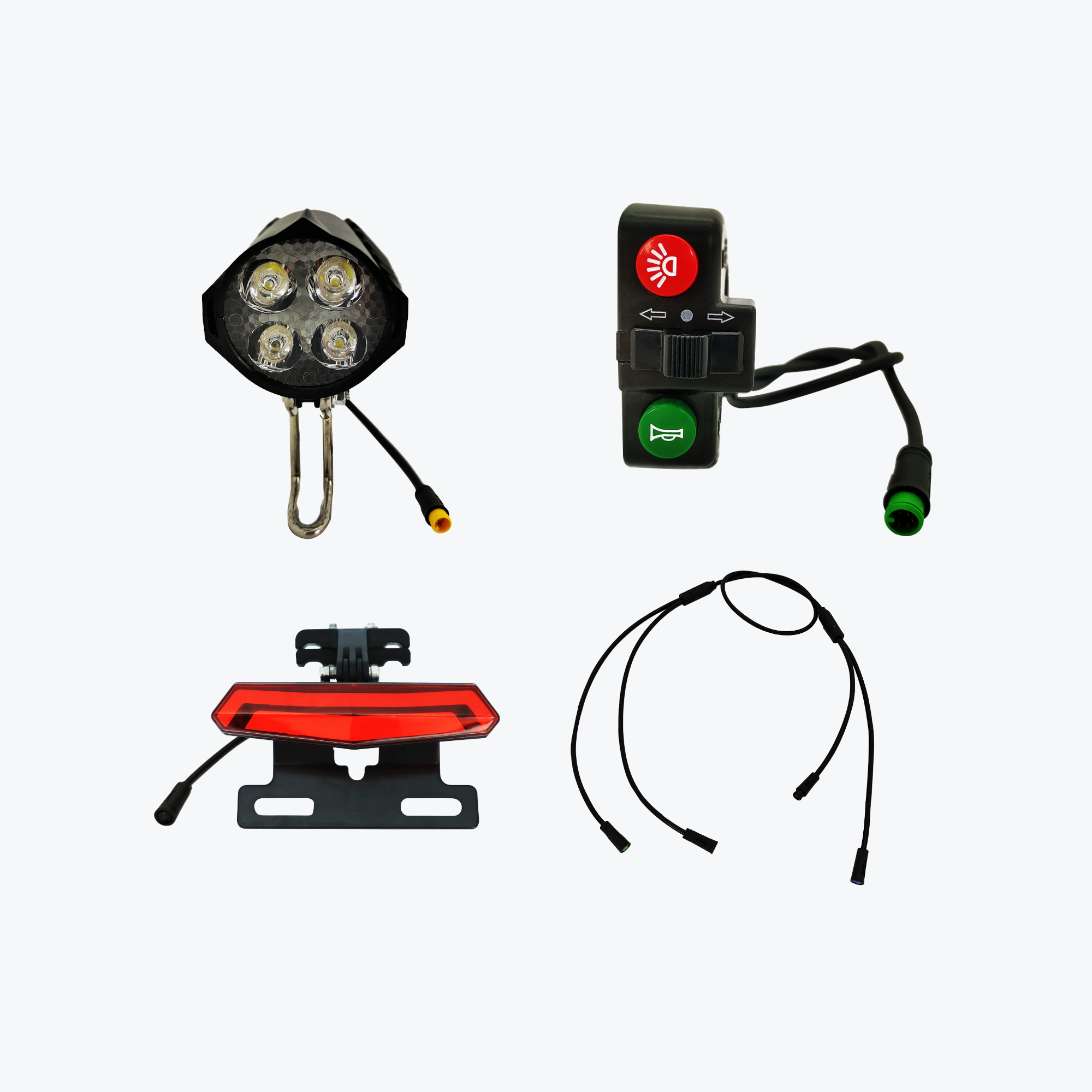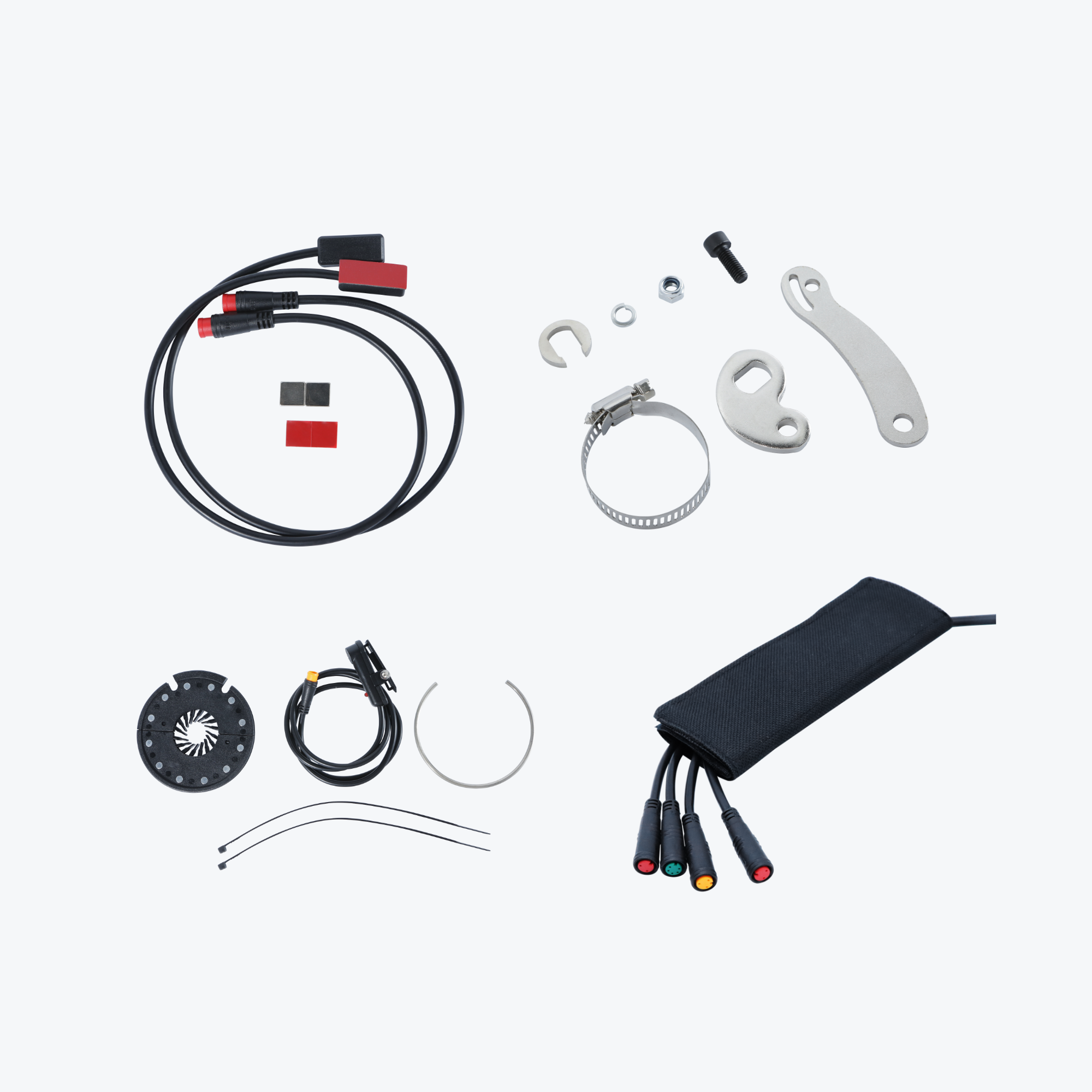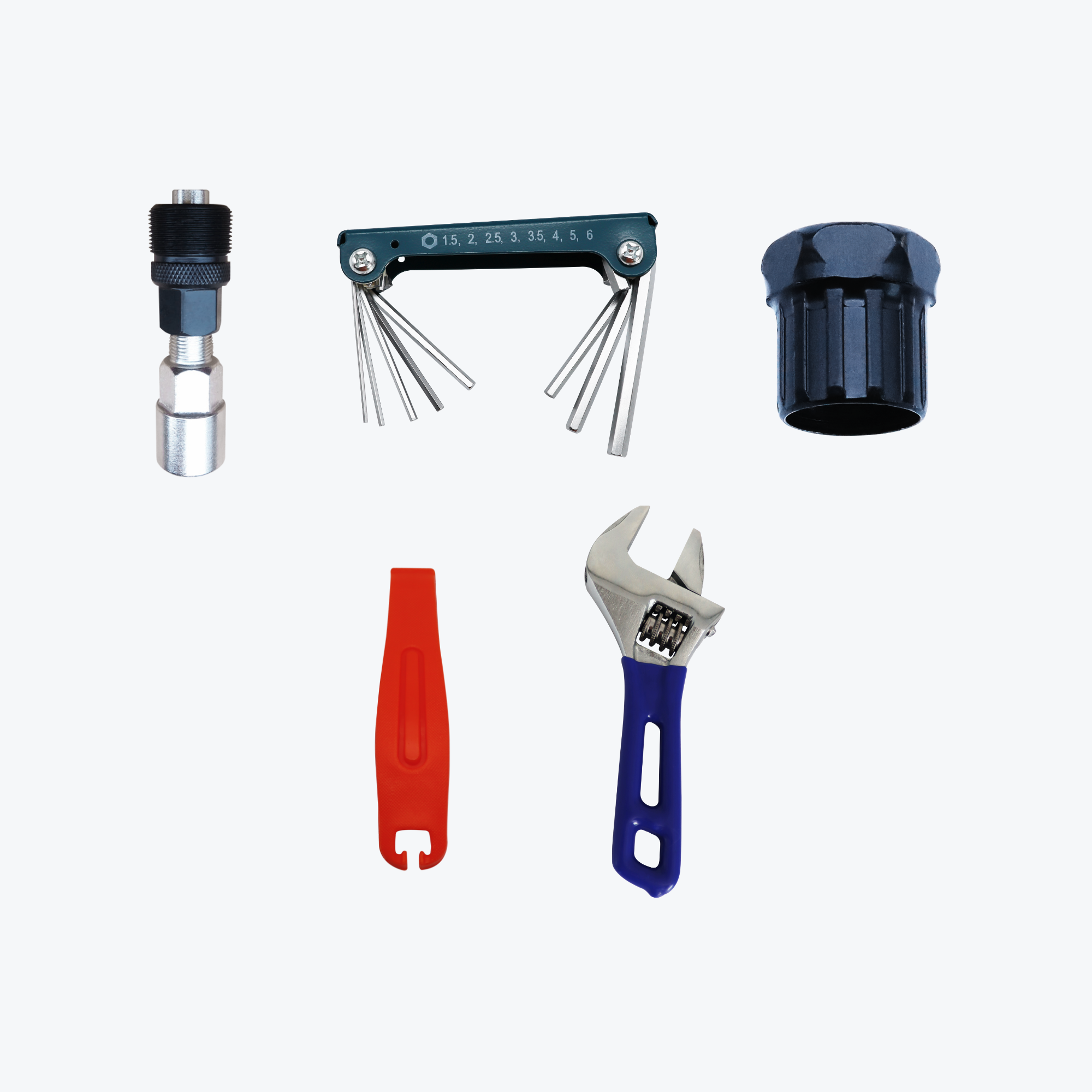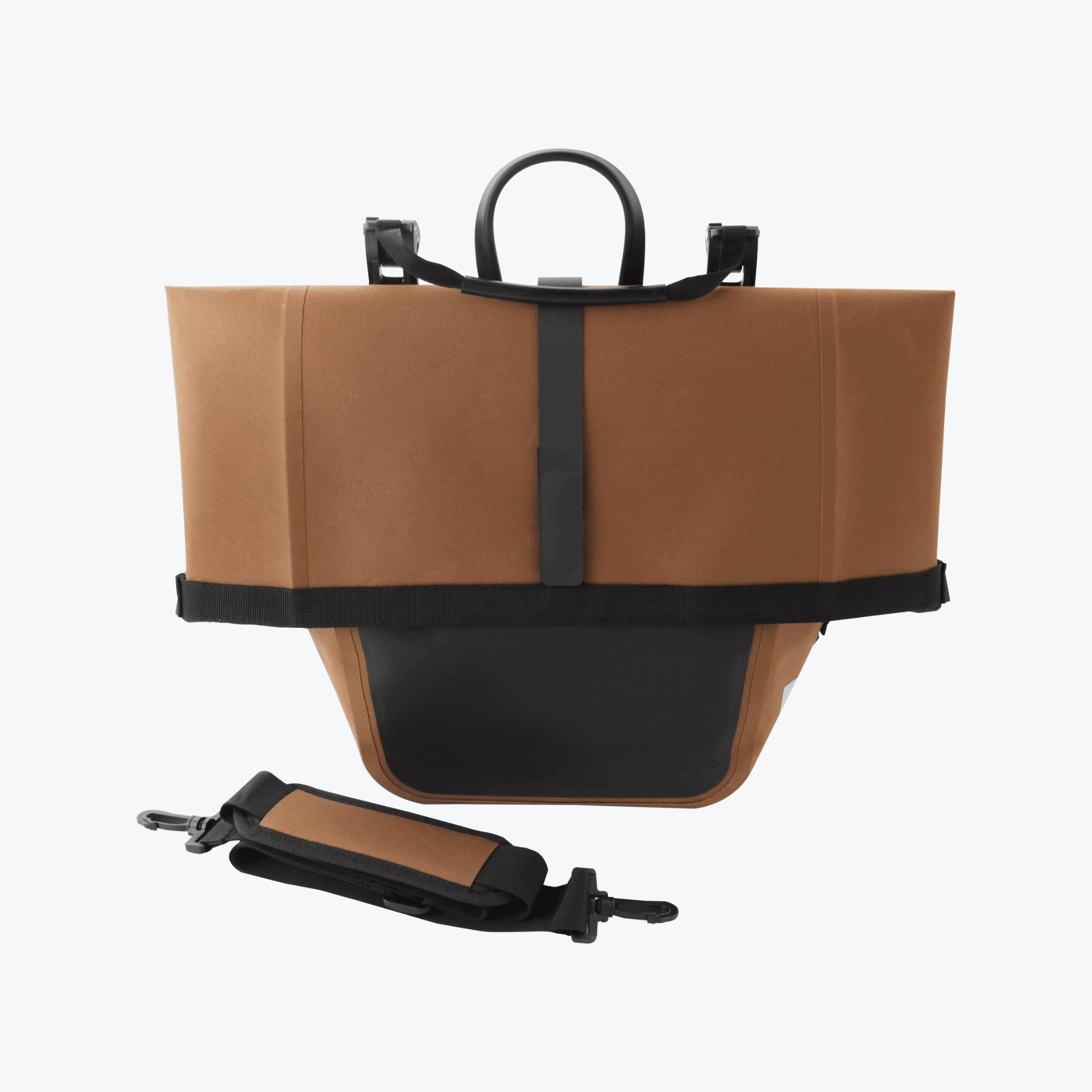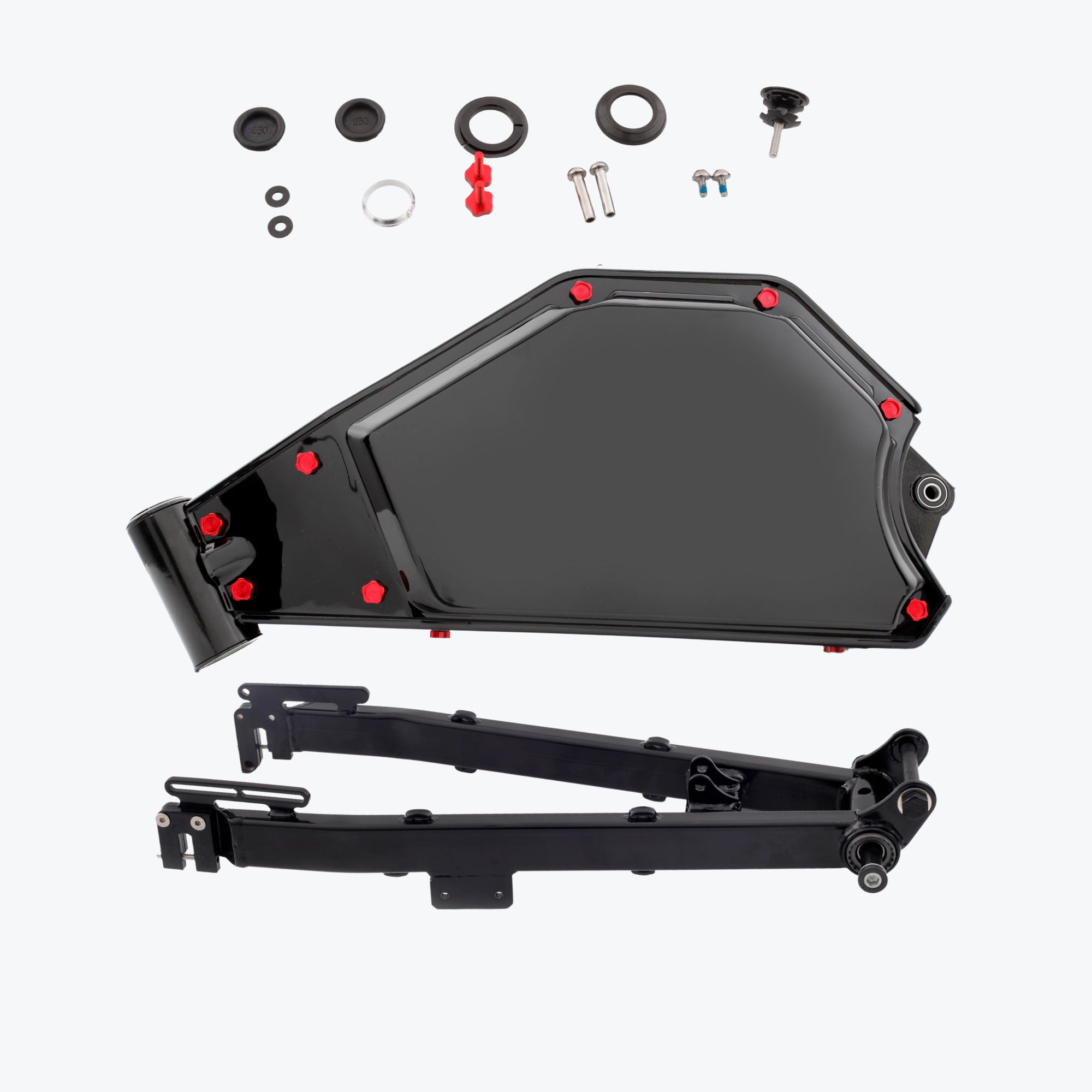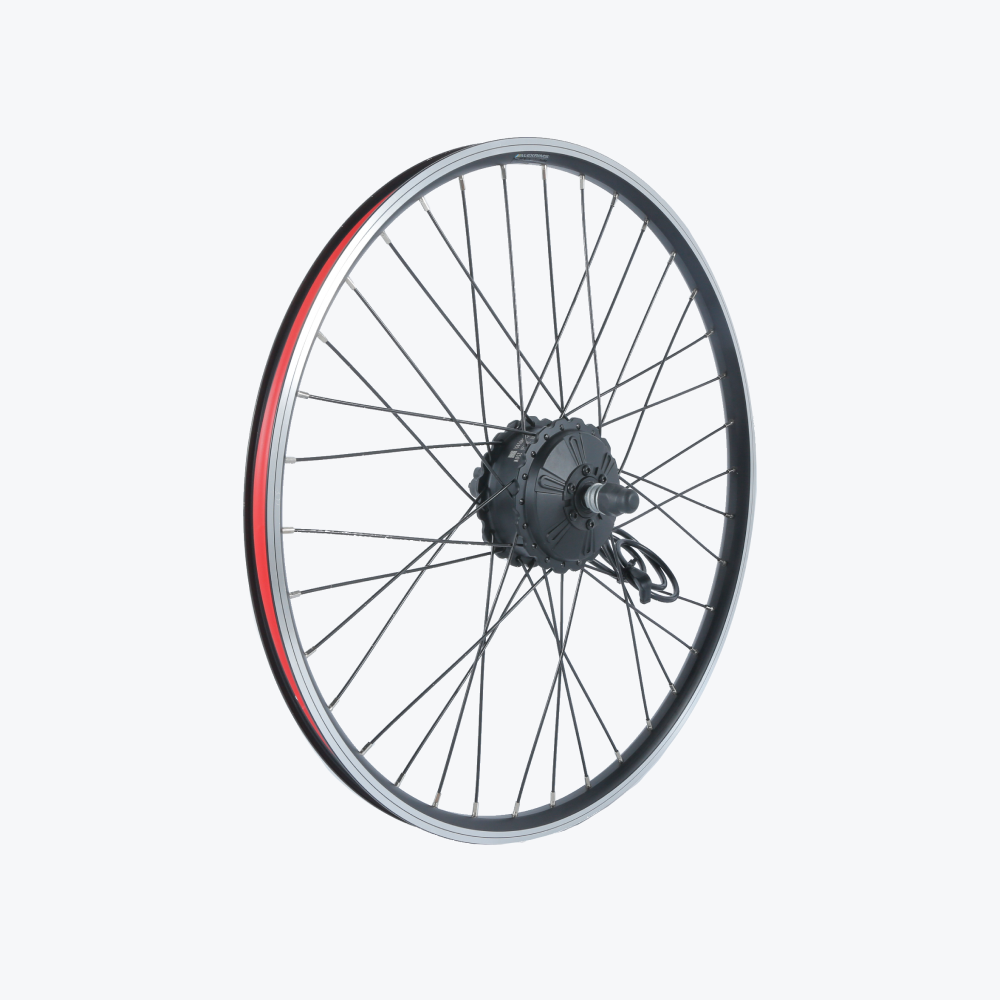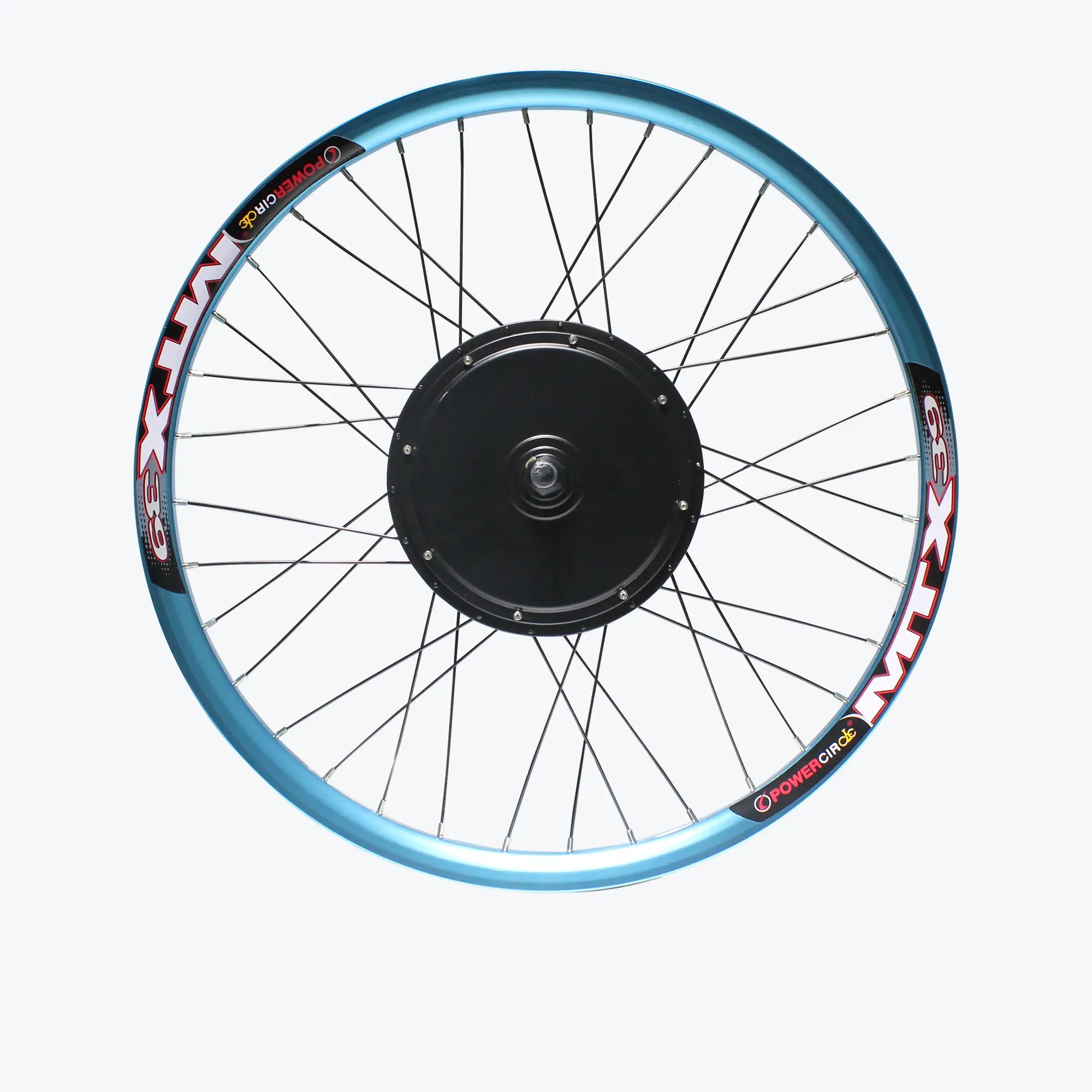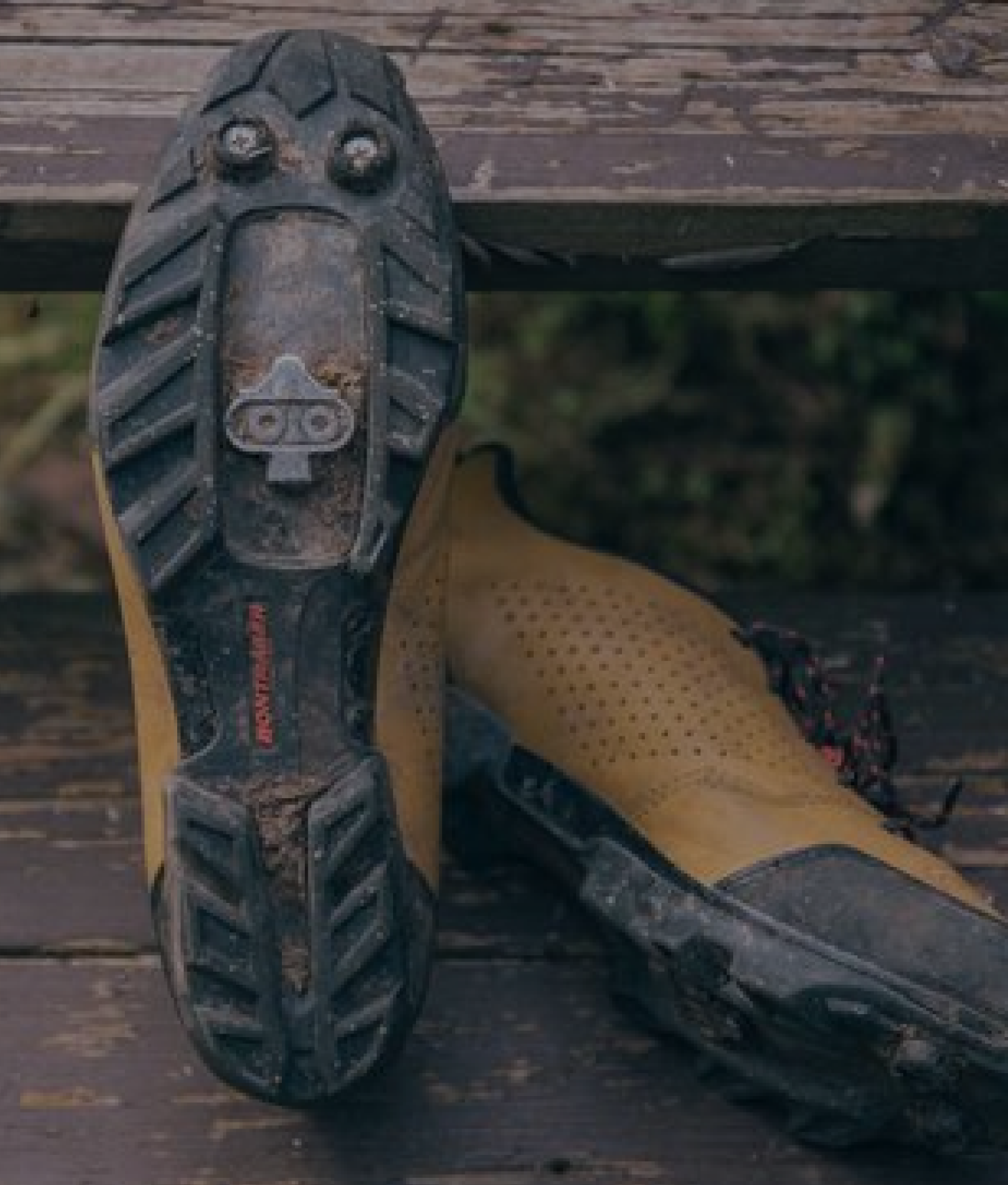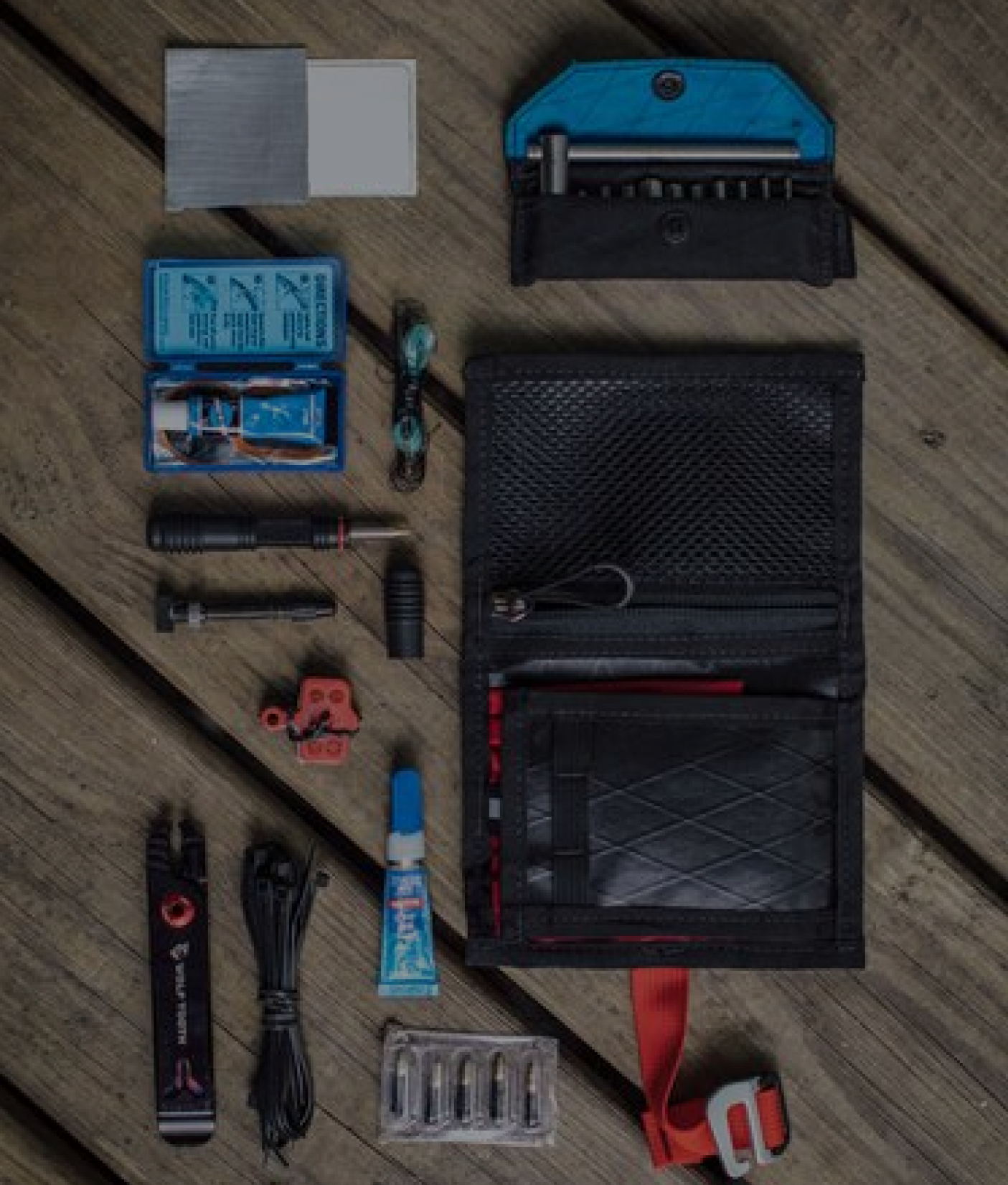Fietsliefhebbers waarderen het altijd als ze in topvorm zijn tijdens de training of tijdens de race. De essentials zijn fietsschoenplaatjes en fietsschoenen. Ze zijn belangrijk om de efficiëntie te verbeteren tijdens het trappen en het comfort tijdens het fietsen te verbeteren. Hier geven we inzicht in fietsschoentypes en begeleiden we beginners bij het kiezen van de juiste fietsschoenplaatjes.
Of u nu een beginner, een professionele wielrenner of gewoon een wielrenner bent die van plan is om nieuwe fietsuitrusting te kopen, uzelf vertrouwd maken met uw keuzes kan uw fietservaring aanzienlijk verbeteren. Lees verder om meer te weten te komen over schoenplaatjes voor op de fiets en de juiste keuzes te kunnen maken.
Haal het beste uit je rit tot nu toe met perfect passende fietsschoenplaatjes!

Belangrijkste punten
- Een goede montage van schoenplaatjes verbetert de trapefficiëntie en het comfort van de fietser.
- De positie van de schoenplaatjes op fietsschoenen moet zorgen voor een optimale krachtoverbrenging.
- Fietsschoenen moeten goed aansluiten, maar niet te strak zitten voor optimaal comfort en prestatievermogen.
- Pas de spanning van uw fietsschoenen aan tijdens het fietsen om zwelling van uw voeten te compenseren.
Hoe je schoenplaatjes op fietsschoenen past
Het installeren van fietsschoenplaatjes in uw fietsschoenen kan uw fietservaring aanzienlijk verbeteren. Het correct instellen van de schoenplaatjes zorgt ervoor dat de kracht die uw benen genereren efficiënt wordt overgebracht op de pedalen, waardoor het risico op ongelukken wordt verminderd.
Stappen om schoenplaatjes op fietsschoenen te monteren
- Verzamel de benodigde materialen voor de schoenzool, waaronder een markeerstift, een inbussleutel en voetbalschoenen.
- Markeer de bal van je voet : De volgende stappen zijn: Trek je fietsschoenen aan en vind de bal van je voet. Plaats een stip buiten de schoen met de marker, bij voorkeur dicht bij het teengedeelte.
- Lijn de schoenplaatjes uit: Plaats de schoenplaatjes op de zool van de schoen, waarbij u er specifiek op let dat de gaten in het schoenplaatje uitgelijnd zijn met de boutgaten. De voorkant van het schoenplaatje moet net voor de bal-van-de-voet-markering worden geplaatst die u hebt gemaakt.
- Installeer de schoenplaatjes : Haal de bouten door de schoenplaatjes en schroef de moeren vast; draai vast met een inbussleutel. Zorg dat de schoenplaatjes loodrecht staan door ze uit te lijnen met de schoenzool.
- Pas de spanning aan : Om de spanning van de schoenplaatjes op het gewenste niveau in te stellen, kunnen de spanningsschroeven van de schoenplaatjes worden gebruikt. Omdat beginnende gebruikers zich ongemakkelijk kunnen voelen in dergelijke omgevingen, geven ze misschien de voorkeur aan meer ontspannen omgevingen, die indien nodig gemakkelijk kunnen worden verlaten.
Haal het maximale uit uw fietspotentieel met perfect gemonteerde schoenplaatjes voor een soepelere en veiligere rit!
Bekijk Fietsen met schoenplaatjes: alles wat u moet weten.

Waar moeten schoenplaatjes op fietsschoenen worden geplaatst?
De stand van de schoenplaatjes op de fietsschoenen is van belang omdat het de kracht bepaalt die op de pedalen wordt uitgeoefend en de mogelijkheid om het evenwicht te verliezen. Hier zijn enkele richtlijnen om te volgen:
- Voor-achter positie : Afhankelijk van de schoen moeten de schoenplaatjes zo worden geplaatst dat de bal van uw voet zich boven de pedaalas bevindt. Deze positie biedt de beste resultaten in krachtoverbrenging.
- Zijwaartse positie : Plaats de schoenplaatjes meer naar het midden van de schoenzool om mogelijke druk op uw benen, knieën en heupen te verminderen.
- Hoek (Float): De noppen moeten zo zijn dat ze een goede voetpositie mogelijk maken; dit moet tussen de 0 en 15 graden liggen. Deze float is vrij beschermend voor onze knieën om spanningen of blessures te voorkomen.
- Trial and Error : Het verder naar beneden of naar boven verplaatsen van de schoenplaatjes kan een leerproces zijn en meerdere pogingen kosten. Kort rijden met kleine veranderingen in de instellingen zal helpen om de ideale en comfortabele houding en positie te vinden.
Bekijk Hoe u uw ideale fietsgewicht kunt vinden .
Hoe moeten fietsschoenen passen?
Uw fietsschoenen moeten perfect en goed passen voor comfort en functionaliteit. Hier zijn enkele tips om ervoor te zorgen dat uw schoenen goed passen: Hier zijn enkele tips om ervoor te zorgen dat uw schoenen goed passen:
- Nauwsluitend maar niet te strak : Dit kledingstuk, fietsschoenen, moet strak om uw voeten zitten, maar mag de bloedcirculatie in het aangetaste deel niet belemmeren. Uw tenen mogen niet verkrampt of tegen de teenstang gedrukt worden.
- Ondersteuning van de voetboog : Kies schoenen die uw voetboog goed ondersteunen. Dit kan het beste gebeuren op basis van de vorm van de voetboog.
- Hielcup : De hak van de schoen moet strak zitten en mag niet schuiven tijdens het trappen. Bij het kiezen van schoenen is een van de dingen waar u op moet letten een goed ontworpen hielcup.
- Breedte: Zorg ervoor dat de schoenen breed genoeg zijn en voldoende ruimte bieden om te voorkomen dat de voet wordt afgekneld of gevoelloos wordt.
- Probeer verschillende merken : Dit is heel normaal. Probeer daarom verschillende merken om te bepalen welk merk het beste bij u past.
Vind de perfecte pasvorm en rijd met ongeëvenaard comfort en prestaties!

Hoe strak moeten fietsschoenen zitten?
Afhankelijk van het gewenste comfortniveau en de gewenste prestatie moeten uw fietsschoenen goed aansluiten.
- Goed passend: Uw fietsschoenen moeten goed om uw voeten passen, zodat uw voet niet in de schoen beweegt. Ze mogen echter ook niet te strak zitten, zodat ze niet oncomfortabel aanvoelen en de bloeddoorstroming belemmeren.
- Verstelbare sluitingen : Dit zijn klittenbandsluitingen, gespen of BOA-draaiknoppen om eenvoudig de gewenste strakheid te krijgen, aangezien één maat niet voor iedereen geschikt is. Zorg ervoor dat de schoen strak vastzit en even strak zit van de teen tot de hiel.
- Teenruimte : Hoewel dit redelijk is, moeten uw tenen wel wat bewegingsruimte hebben in het teengedeelte van de schoen.
- Middenvoet en hiel : Het is aannemelijk dat de middenvoet en de hiel meer ondersteuning zouden moeten hebben om de stabiliteit van de schoen en het vermogen om kracht te leveren te verbeteren.
- Controleer tijdens een rit : Trek het aan voor de rit en probeer de strakheid opnieuw te controleren na een paar minuten fietsen. Voeten kunnen pijnlijk zijn en zelfs opzwellen tijdens het sporten, dus het zal moeten worden aangepast.

Ebike conversiekits
Kirbebike heeft een uitgebreid assortiment e-bike conversiekits die een standaardfiets omvormen tot een elektrische fiets. Een e-bike conversiekit is een goedkopere manier om een e-bike te gebruiken zonder een nieuwe fiets te hoeven kopen. Ze zijn eenvoudig te installeren en onze kits bevatten alles: de motor, het accupakket en de controller. Verbeter uw fietservaring en upgrade naar het volgende niveau met een e-bike.
Veelgestelde vragen
Hoe monteer ik schoenplaatjes op mijn schoenen?
Gebruik de inbussleutel om de schoenplaatjes goed op de zool van uw schoen te positioneren en vast te zetten.
Waar moet ik de schoenplaatjes op mijn schoenen plaatsen?
Pas uw fietsschoenen zo aan dat de bal van uw voet de pedaalas bedekt.
Welke soorten schoenplaatjes zijn er?
Er zijn ook schoenplaatjes voor racefietsen en mountainbikes verkrijgbaar. Sommige zijn geschikt voor beide soorten schoenen. Dit hangt af van de behoeften van de fietser.
Bestaan er schoenplaatjes voor beginners?
Ja, sommige schoenplaatjes hebben een aan- en uittrekmechanisme, waardoor het schoenplaatje gemakkelijker in de schoen vastklikt.
Conclusie
Het is belangrijk om te begrijpen dat het toevoegen van fietsschoenplaatjes aan uw schoenen een stap is die uw fiets een bepaald verbeterd gevoel geeft, om nog maar te zwijgen van comfort. Door u strikt te houden aan de instructies over de plaatsing van schoenplaatjes en schoenen, kunt u waarschijnlijk ongemak tijdens het fietsen uitstellen of zelfs voorkomen.
Vergeet niet dat de juiste keuze van schoenmaat en de juiste positie van de schoenplaatjes helpen om blessures te voorkomen en de effectiviteit van uw krachtoverbrenging te vergroten. U moet ook kijken naar Kirbebike's assortiment e-bike conversiekits om te zoeken naar fietstochten naar het volgende niveau.
Bent u op zoek naar serieuze fietsschoenplaatjes of CG-schoenplaatjes voor beginners? Dan is onze gids alles wat u nodig hebt om de juiste keuze te maken voor uw fietsavonturen.
Upgrade je rit met perfecte fietsschoenplaatjes en Kirbebike's e-bike conversiekits. Volg onze gids voor comfort en prestaties!

